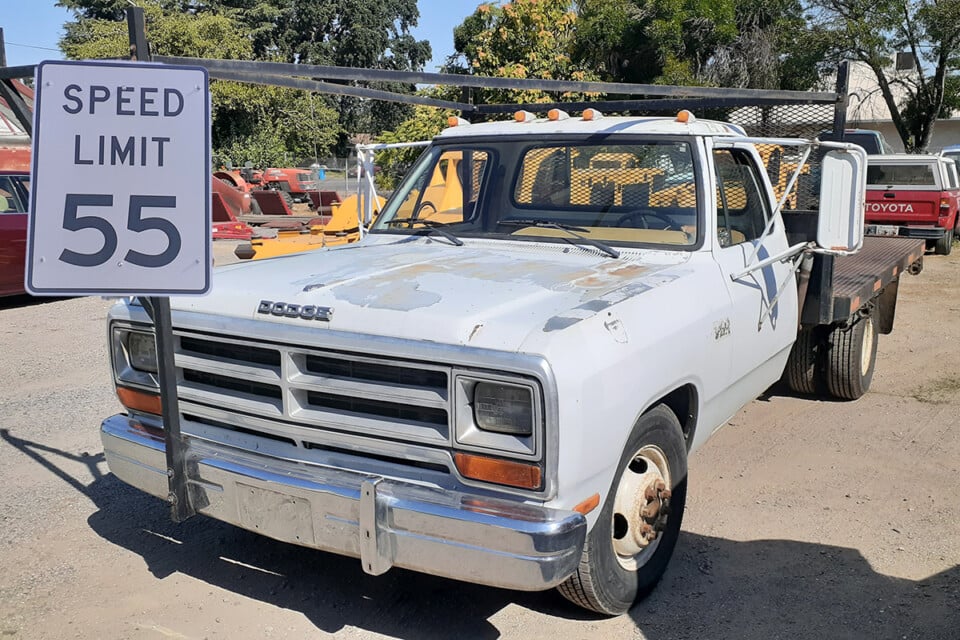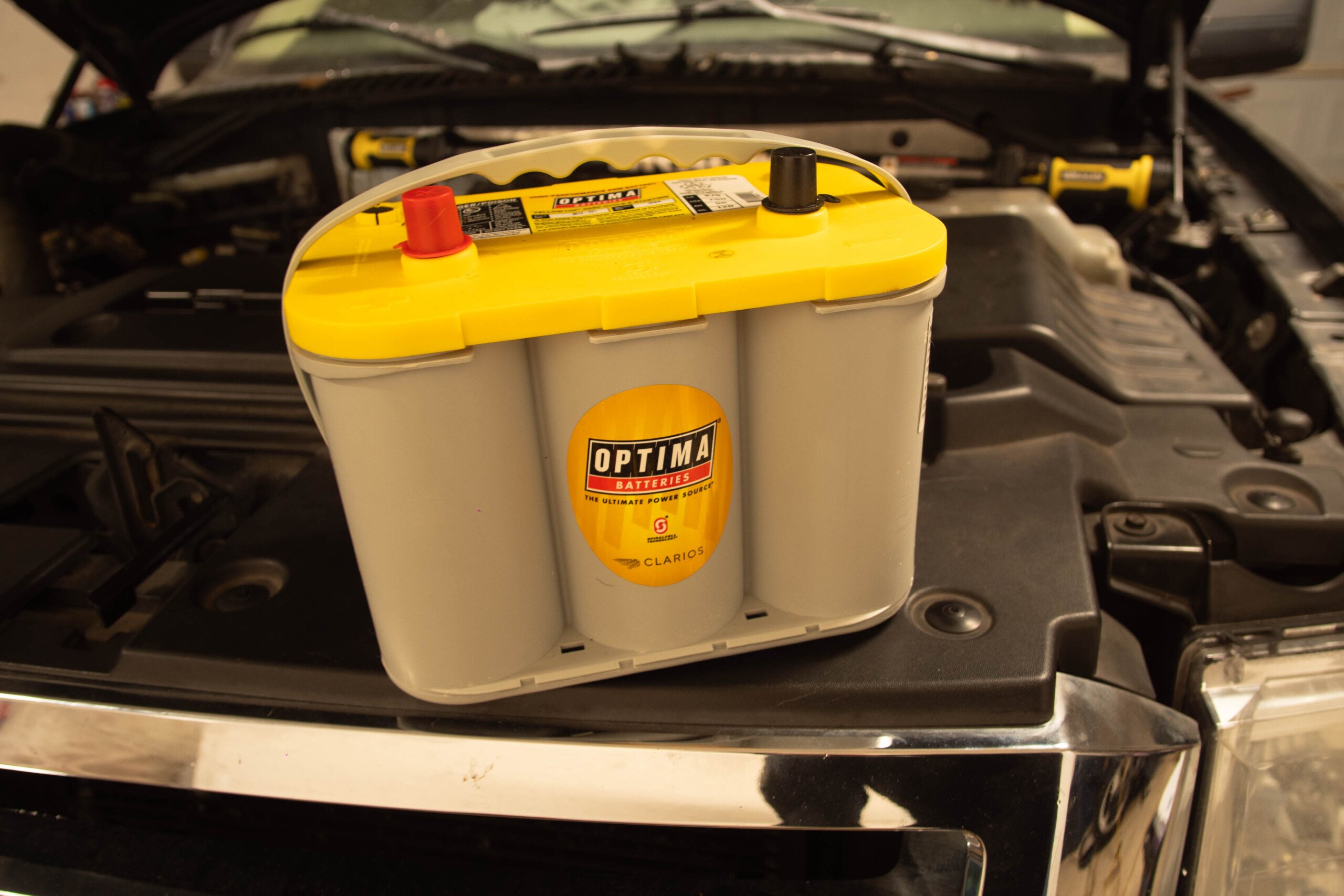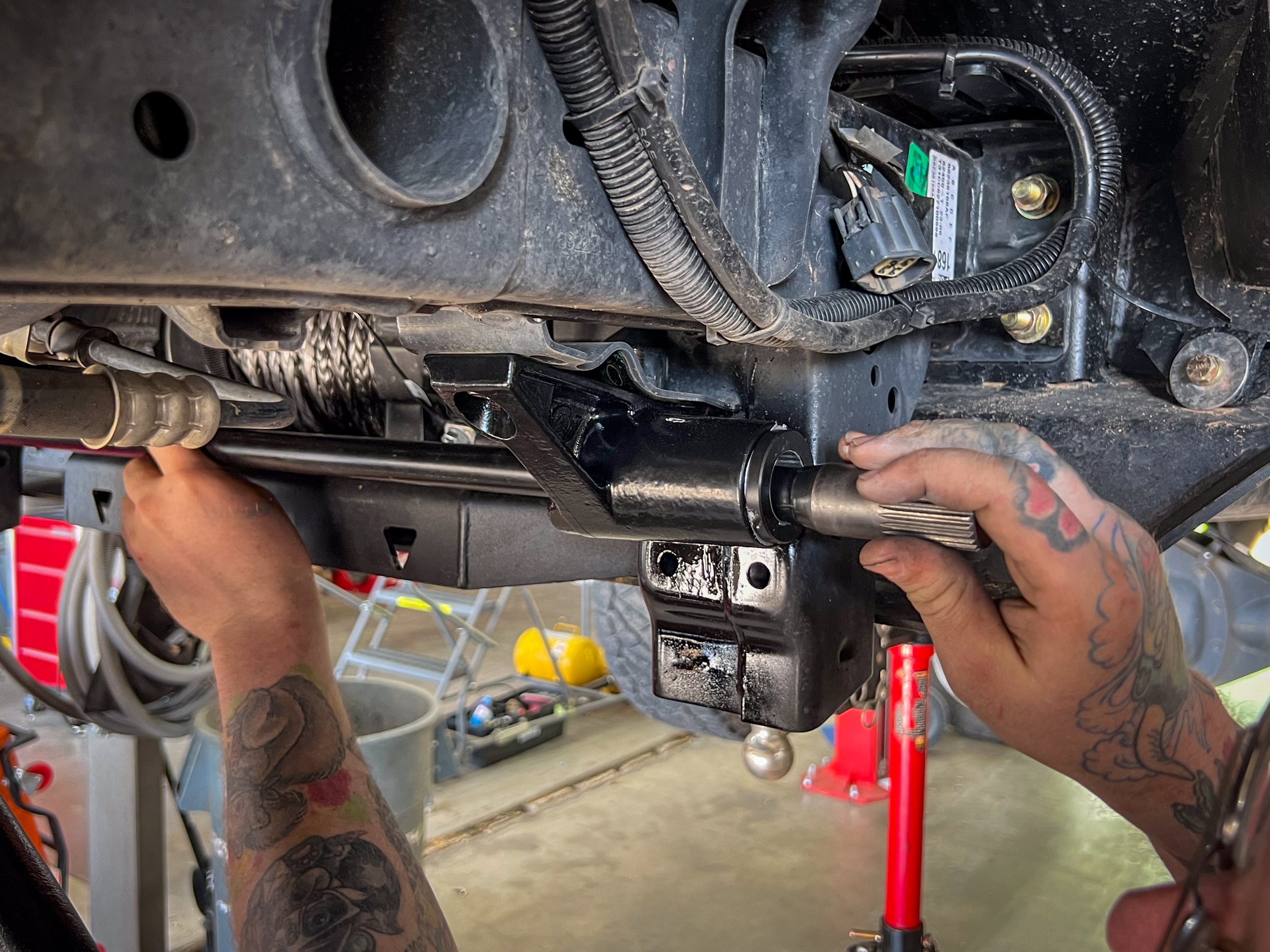
Probably the most common complaint about ’89-‘91.5 Dodges with the 727 three-speed transmissions revolves around a low top speed. Although this initially might be the case, there are a few simple (and free) adjustments you can perform to gain nearly 20 mph up top.
It was 1989 when Dodge made the now-legendary decision to put a Cummins powerplant in its first-gen Ram pickup line. The early Dodges were basically half-tons by today’s standards, and it seemed ludicrous to swap a 900-pound Cummins engine into one, but that’s exactly what Dodge did. These early first-generation Rams (’89 to ’93) were a little bit flexy, but the engine and transmission got the job done.
Just like any new vehicle, there were a number of updates after the 1989 and 1990 model years, most notably a change from the three-speed 727 Torqueflite (the only transmission that could handle the rated 400 lb-ft of torque) to an Overdrive gear-equipped four-speed (the A518). Both transmissions were non-lockup, as lockup converters didn’t come until the second-generation 1994 trucks.

The starting point for our adjustments would be a crusty 35-year-old work truck that could unfortunately only hit 57 mph.
The power of the early first gens is pretty unimpressive, at 160 horsepower, what’s even worse is that the truck might only get to about 60 mph. In our case, 57 mph was the top speed with our foot on the floor. Now, being able to barely go the lowest highway speed limit in the country is pretty bad, but that doesn’t necessarily mean there is something wrong with the truck mechanically. Things have often gotten stretched, worn out, or are out of adjustment after 30 years on the road, and need attention.

Our starting point with the throttle linkage on the VE pump showed we were barely getting past half throttle and were a good ways from the factory throttle stop.
First-Gen Ram Easy Adjustments
Oftentimes (and, as was our case) the ridiculously low top speed comes from a misadjustment of both the throttle and pump linkage. When we finally got the truck home, we noticed we were only getting a little more than half throttle, which meant the pump was governed (hit its RPM limit) a lot sooner than it should have. In our case, we were only turning about 1,900 rpm, which in fact we should have been able to spin more than 2,500. Before you think that amount of RPM will “hurt the engine” let us remind you that marine engines were rated to spin 2,600 rpm all day.

By lifting the “gas” pedal up we noticed a good amount of play in the linkage inside the cab. With nearly a 1-inch gap, this means the throttle at the pump was traveling far less than it should.
Over the years, most throttle pedals and cables found in a first-gen Ram have been stretched to the point where they aren’t as effective as they once were. This was the first thing we took a look at in our ’89. As it turns out, we had almost an inch of play in the throttle pedal. That distance could be directly translated to the pump linkage and if adjusted, would get us a lot closer to full throttle. On our Dodge, getting full throttle back involved a simple neoprene grommet from the hardware store, that was used as a spacer to raise the pedal up a bit. This was step one.

There’s a ball-and-socket type fitting on the linkage that can be adjusted for more travel (notice the threads). You can even move the linkage up where the return spring is located to get extra travel.
First-Gen Ram Pump Linkage Adjustments
After messing with the pedal in our first-gen Ram, our next step was to turn to the engine bay to try and get more travel out of the pump itself. One trick to accomplish this is to switch the pump-actuation arm to the closer (to the center of the pump) hole or shorten the ball-and-socket link on the throttle arm. Moving the pivot point inward means less swing when it comes to how the throttle cable moves the arm. This will allow the pump arm to travel further back. More throttle means more RPM, which of course means you don’t have to drive 55 mph anymore.

The factory kickdown cable for the 727 transmission can be another limiting point. It can be adjusted or you can drill a new hole. It should never be disconnected completely, as it raises the transmission’s line pressure under full throttle.
Kickdown Travel Issues
Once you are able to extend the pump arm further back because of the pedal and linkage modifications, you’ll eventually run into problems with your kickdown linkage. The factory linkage was only made to extend so far, and eventually, you’ll max out the transmission linkage before the throttle linkage. There are a few solutions for this. One is to fabricate a plate with a revised pivot point on it so it doesn’t extend the throttle back as far. A second is to buy an entirely new kickdown cable. The third is to incorporate a full line pressure manual valvebody and do away with the kickdown.
If you do keep the kickdown however, it is very very important that you keep the linkage connected. If you don’t, the transmission will shift very early and have low line pressure that can burn it up. This goes for all Dodge automatics, not just the 727 transmission.

The factory VE pump has a “tamper proof” soft metal collar that is secured over the high-idle screw, which is what we needed to adjust to raise our top speed.
High- And Low-Idle Screws
Eventually, you’ll the bottoming-out screws on the pump itself will bottom out, as you pull the linkage further and further back. Simply back off the high idle screw until it is virtually flush with the pump. This will allow you just about the most RPM your pump can make. Unfortunately, there’s a tamper-proof shield covering the screw which has to be removed. This usually requires a bit of mangling. In our book, it’s definitely worth the effort though.

The only way to remove the factory shield involves a pair of pliers and a lot of patience. It also usually involves the collar being destroyed.
The Verdict: Success?
After we performed most of the above modifications to our first-gen Ram, we found that not only did we gain engine RPM, our top speed went from 57 mph to 82 mph. Also, even though the engine was winding out more, we were still spinning only 2,200 rpm at 65 mph, which isn’t bad at all. We could now rev all the way to about 2,800 rpm if we wanted, and the truck has a ton more usable top end. While we have nothing against 3,200 rpm or 3,800 rpm governor springs, we definitely suggest trying this first before you open up your pump and start fiddling with it.

It may not look like much, but after we backed off the high idle screw two turns and could now reach a true full throttle, our crusty old pump woke up at part throttle and added huge gains up top.



